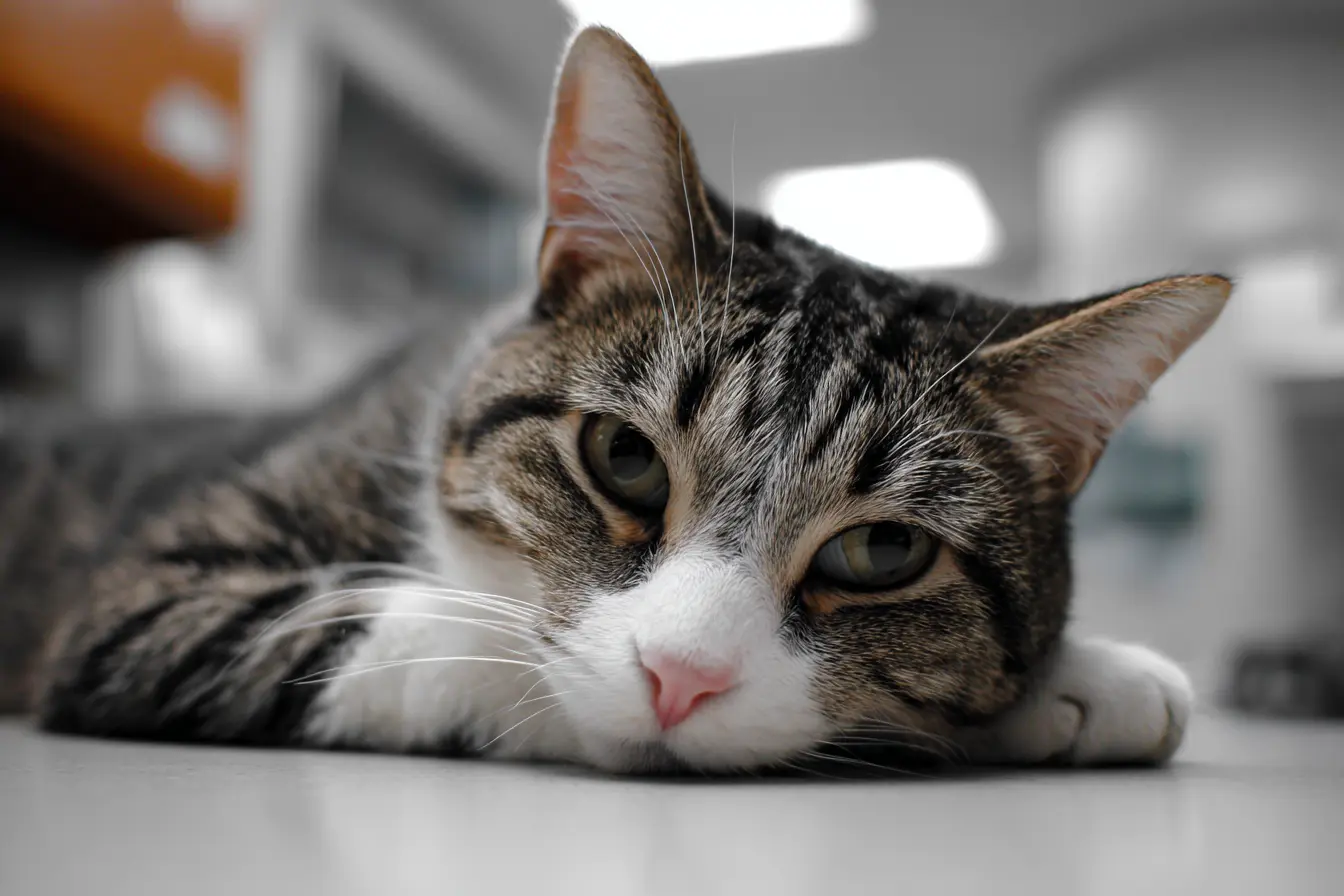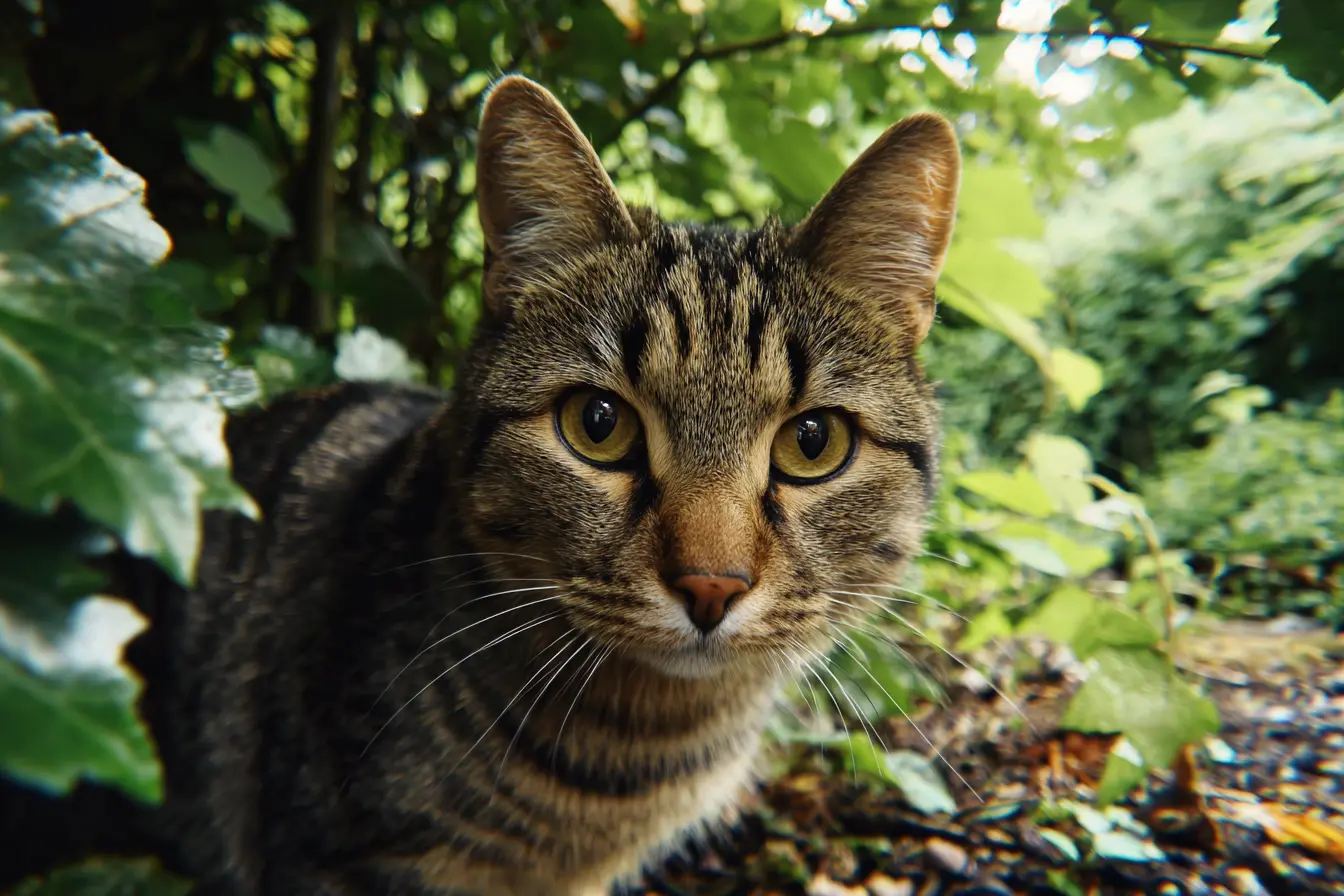
How Often Should Your Cat Visit the Vet?
Cats are masters at hiding illness, which is why regular veterinary visits are essential — even if your feline friend seems perfectly healthy. Whether your cat is a curious outdoor explorer or a contented house cat, routine vet care can make a significant difference to their long-term health and quality of life.
In this guide, we’ll break down how often your cat should visit the vet, what to expect during check-ups, and how their healthcare needs change throughout their life.
Why Regular Vet Visits Matter
Unlike dogs, cats often don’t show clear signs of discomfort until a health issue is advanced. Routine veterinary care helps to:
- Detect and treat health problems early
- Monitor weight, teeth, and organ function
- Stay on top of vaccinations and parasite control
- Support behavioural, dietary, and age-related changes
- Prevent long-term illness and improve lifespan
Vet Visit Schedule by Life Stage
Kittens (Birth to 1 Year)
Kittens grow rapidly and need a series of veterinary visits in their first few months.
Typical schedule:
- First check-up at 8–9 weeks old
- Core vaccinations at 9 and 12 weeks (Feline Panleukopenia, Herpesvirus, Calicivirus)
- Booster vaccine at 16 weeks (if needed)
- Microchipping — required by law in the UK from 10 June 2024
- Neutering usually between 4–6 months old
- Flea and worming treatments started and continued regularly
- Health check at 6 months of age
These visits help ensure your kitten is developing properly and receiving vital protection against infectious diseases.
Adult Cats (1 to 7 Years)
Healthy adult cats should have a veterinary check-up at least once a year. This is your opportunity to:
- Update vaccines (boosters are often given annually)
- Review flea, tick, and worming treatments
- Monitor weight and body condition
- Examine teeth, ears, and coat condition
- Discuss diet and behaviour
- Catch signs of chronic issues early (e.g. dental disease, diabetes, allergies)
Even indoor cats benefit from annual visits — they are still prone to health issues and can be exposed to parasites or stress-related conditions.
Senior Cats (7+ Years)
As cats age, they become more prone to a range of conditions such as arthritis, kidney disease, hyperthyroidism, and dental problems. From age 7 onwards, your cat should ideally visit the vet every 6 months**.
Senior cat check-ups may include:
- Blood and urine tests to monitor organ function
- Blood pressure monitoring
- Dental examinations
- Mobility and weight assessments
- Nutritional adjustments and supplement advice
Early diagnosis can greatly improve outcomes and comfort in your cat’s senior years.
When to Take Your Cat to the Vet Immediately
In addition to routine visits, take your cat to the vet if you notice any of the following:
- Loss of appetite for more than 24 hours
- Weight loss or gain without explanation
- Vomiting or diarrhoea lasting longer than a day
- Changes in urination or litter box habits
- Coughing, wheezing, or laboured breathing
- Lethargy or sudden behavioural changes
- Limping, injuries, or visible pain
- Excessive grooming, scratching, or skin changes
- Swollen or bleeding gums
- Foul-smelling breath
Cats are subtle creatures — any sudden change in behaviour or habits is often a red flag.
Preventative Care Beyond Check-Ups
Routine vet visits are part of a larger picture of preventative healthcare:
- Vaccinations: Core vaccines protect against serious illnesses and are generally updated annually or every three years, depending on the type and risk factors.
- Parasite control: Regular flea, tick, and worming treatment is important — even for indoor cats.
- Dental care: Regular dental checks help prevent painful infections and tooth loss.
- Nutrition and weight management: Obesity is a growing concern in domestic cats and can lead to serious health problems.
- Microchipping and ID: Required for all cats over 20 weeks old from June 2024 in the UK.
Tips for a Stress-Free Vet Visit
- Use a secure, well-ventilated cat carrier
- Place a familiar blanket or item in the carrier for comfort
- Cover the carrier with a towel to reduce visual stress
- Keep calm and speak gently to your cat
- Ask your vet about cat-friendly practices or quiet appointment times
Some vet clinics are specifically “cat-friendly” and trained in handling nervous or anxious cats.
Final Thoughts
Cats thrive with regular veterinary care — and early detection is often key to successful treatment. Whether your cat is a playful kitten, a lively adult, or a gentle senior, staying up-to-date with vet visits will help ensure they live a long, healthy, and happy life.
Related Vets
Vets near you
Speciality vets
- Aquatics vet specialists
- Birds vet specialists
- Camelids vet specialists
- Cats vet specialists
- Cattle vet specialists
- Deer vet specialists
- Dogs vet specialists
- Equines vet specialists
- Exotic vet specialists
- Goats vet specialists
- Pigs vet specialists
- Poultry vet specialists
- Sheep vet specialists
- Small Mammals vet specialists
- Wild vet specialists











